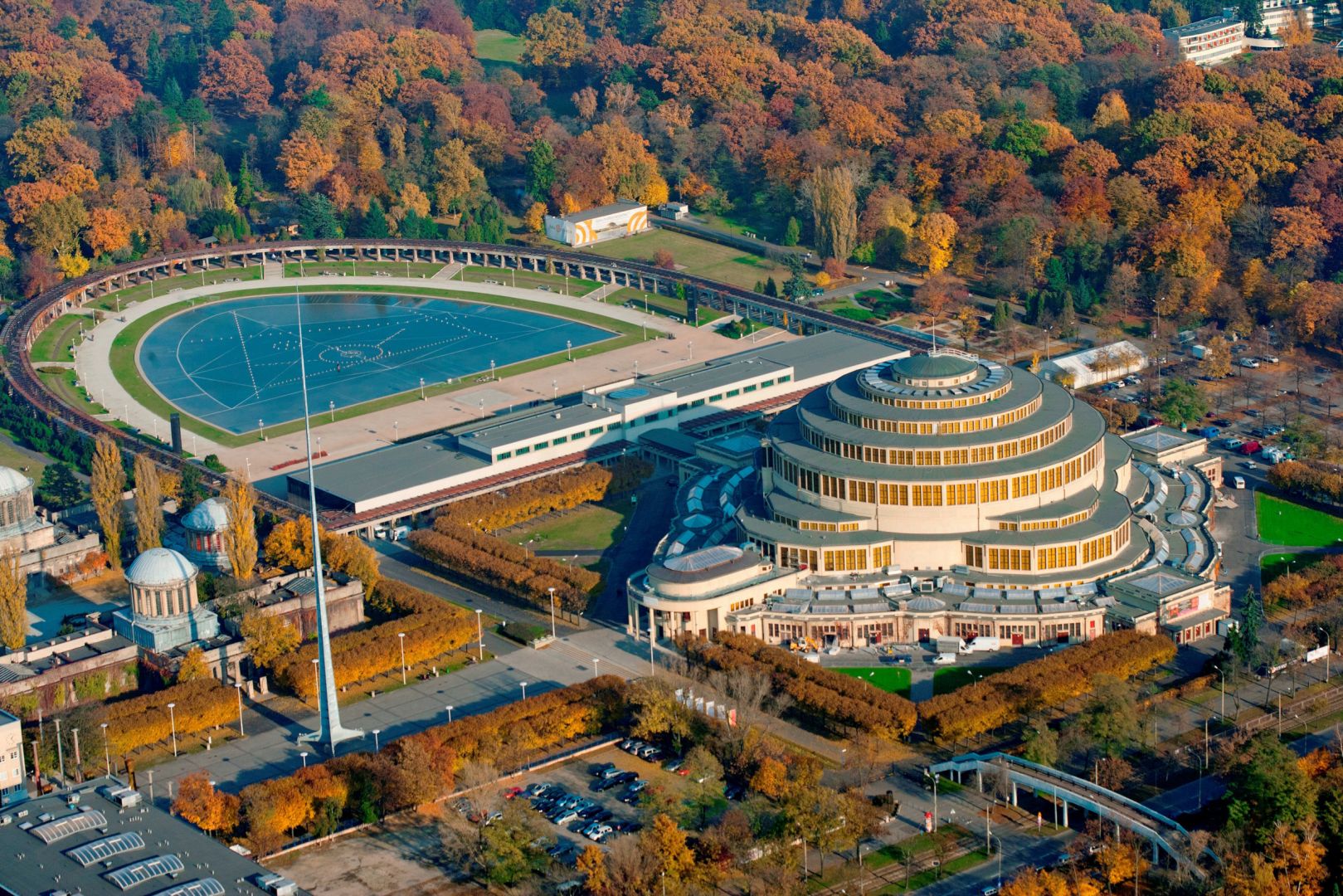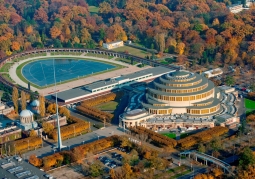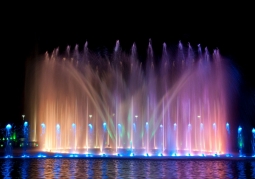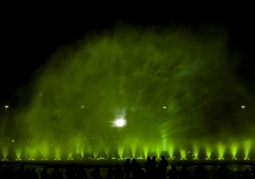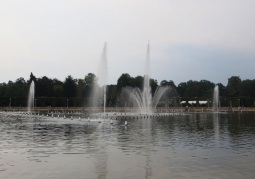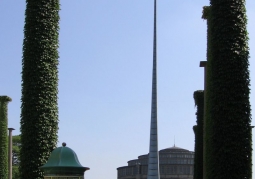Szczytnicki Park - Wroclaw
No weather data
0.0 /5
Number of ratings: 0
One of the largest parks in Wrocław, founded in 1785 as a private garden in the Stare Szczytniki estate. It covers an area of about 100 hectares. A landscape park with large compositional and dendrological values (it contains about 400 species of trees and shrubs). It is a place highly valued in Europe, because the park is classified as the fourth in terms of quality on our continent. In 1806, during the siege of the city, the park was devastated by Napoleonic soldiers. After the war, most of the damage was repaired. In 1833, the first sport horse races in Wrocław took place in Szczytnicki Park, which was organized until 1907. The park has the Japanese Garden founded in 1909–1912, which is a unique living fragment of Japanese culture in Europe as well as a wooden church from the turn of the sixteenth and the 17th century under the call of Saint John of Nepomuk. The park has an important recreational function. Sports competitions that are part of the Wrocław Open Championships take place here, including orienteering and orienteering. There is a running track prepared by Nike Poland.
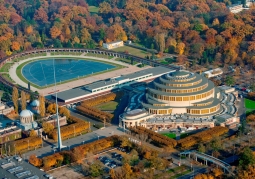
Hala Stulecia
Category: Sports and entertainment hallsHala Stulecia, Hala Ludowa - sports and entertainment hall located in the Szczytnicki Park in Wrocław. Built in 1911–1913, designed by Max Berg, in the expressionist style. In 2006, the hall was recognized as a...
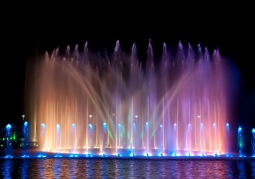
Multimedia Fountain
Category: FountainsLocated near Hala Stulecia, surrounded by pergolas and Szczytnicki Park, the fountain is a place of recreation and rest for Wrocław residents. It is the largest multimedia fountain in Poland and one of the largest in...
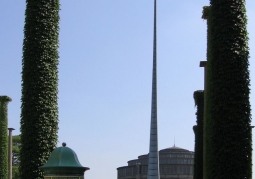
The spire
Category: Other places of memoryA characteristic tower, a steel pole, 96 meters high, weighing 40 tons. Since 1948, it is located near Hala Stulecia in Wroclaw. Modernist building designed by prof. Eng. Stanisław Hempel, made by the company...
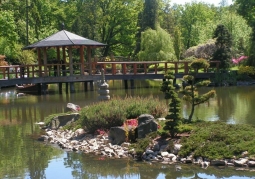
Japanese Garden
Category: Parks, gardens, avenuesIt was created on the initiative of Count Fritz von Hochberg in connection with the 1913 Exhibition of the Century. It was designed by the Japanese gardener Mankii Arai. After the exhibition, however, numerous details...
Komentarze
No results
Nearby places

Japanese Garden - Szczytnicki Park - Wroclaw
Category: Parks, gardens, avenuesIt was created on the initiative of Count Fritz von Hochberg in connection with the 1913 Exhibition of the Century. It was designed by the Japanese gardener Mankii Arai. After the exhibition, however, numerous details...
1 km

The church John of Nepomuk - Szczytnicki Park - Wroclaw
Category: ChurchesThis wooden church dedicated to Saint. John of Nepomuk was probably founded at the turn of the 16th and 17th centuries. It was built by carpenters from Stary Koźle and initially stood in this town. In the eighteenth...
1 km

Multimedia Fountain - Szczytnicki Park - Wroclaw
Category: FountainsLocated near Hala Stulecia, surrounded by pergolas and Szczytnicki Park, the fountain is a place of recreation and rest for Wrocław residents. It is the largest multimedia fountain in Poland and one of the largest in...
1 km

Hala Stulecia - Szczytnicki Park - Wroclaw
Category: Sports and entertainment hallsHala Stulecia, Hala Ludowa - sports and entertainment hall located in the Szczytnicki Park in Wrocław. Built in 1911–1913, designed by Max Berg, in the expressionist style. In 2006, the hall was recognized as a...
1 km
Nearby places

Japanese Garden - Szczytnicki Park - Wroclaw
Category: Parks, gardens, avenuesIt was created on the initiative of Count Fritz von Hochberg in connection with the 1913 Exhibition of the Century. It was designed by the Japanese gardener Mankii Arai. After the exhibition, however, numerous details...
1 km

The church John of Nepomuk - Szczytnicki Park - Wroclaw
Category: ChurchesThis wooden church dedicated to Saint. John of Nepomuk was probably founded at the turn of the 16th and 17th centuries. It was built by carpenters from Stary Koźle and initially stood in this town. In the eighteenth...
1 km

Multimedia Fountain - Szczytnicki Park - Wroclaw
Category: FountainsLocated near Hala Stulecia, surrounded by pergolas and Szczytnicki Park, the fountain is a place of recreation and rest for Wrocław residents. It is the largest multimedia fountain in Poland and one of the largest in...
1 km

Hala Stulecia - Szczytnicki Park - Wroclaw
Category: Sports and entertainment hallsHala Stulecia, Hala Ludowa - sports and entertainment hall located in the Szczytnicki Park in Wrocław. Built in 1911–1913, designed by Max Berg, in the expressionist style. In 2006, the hall was recognized as a...
1 km
